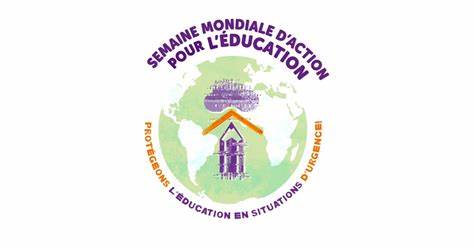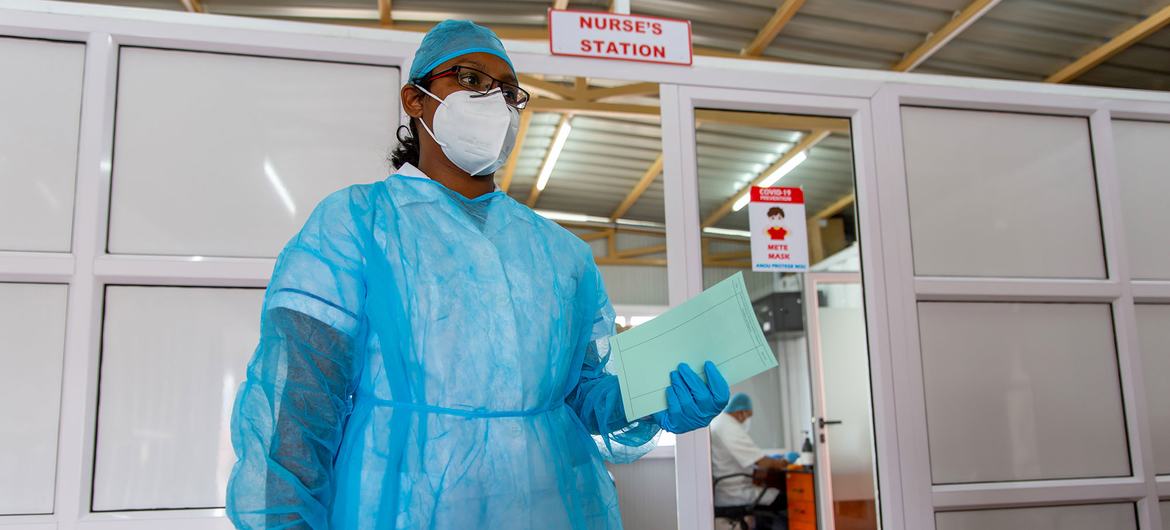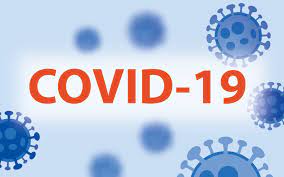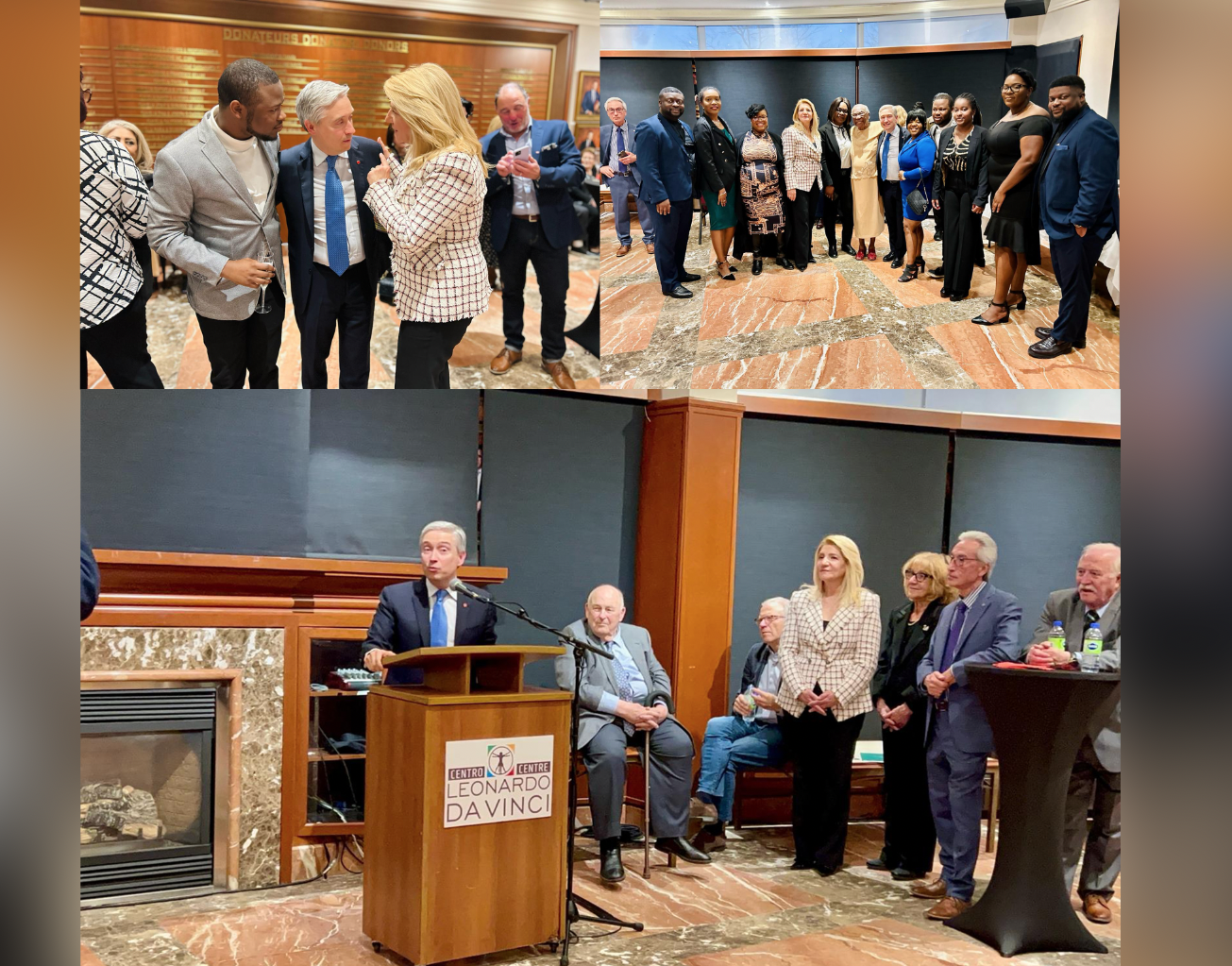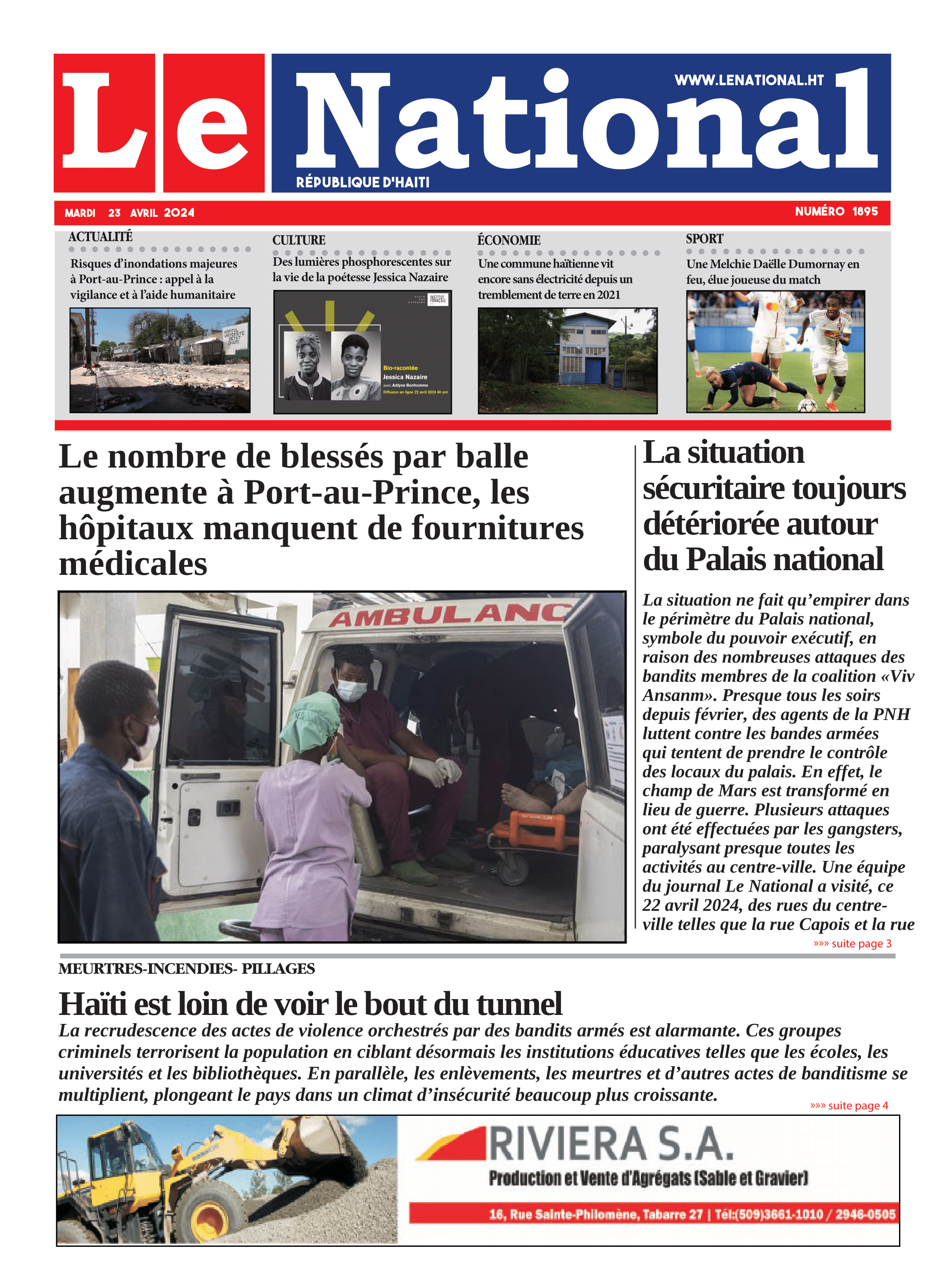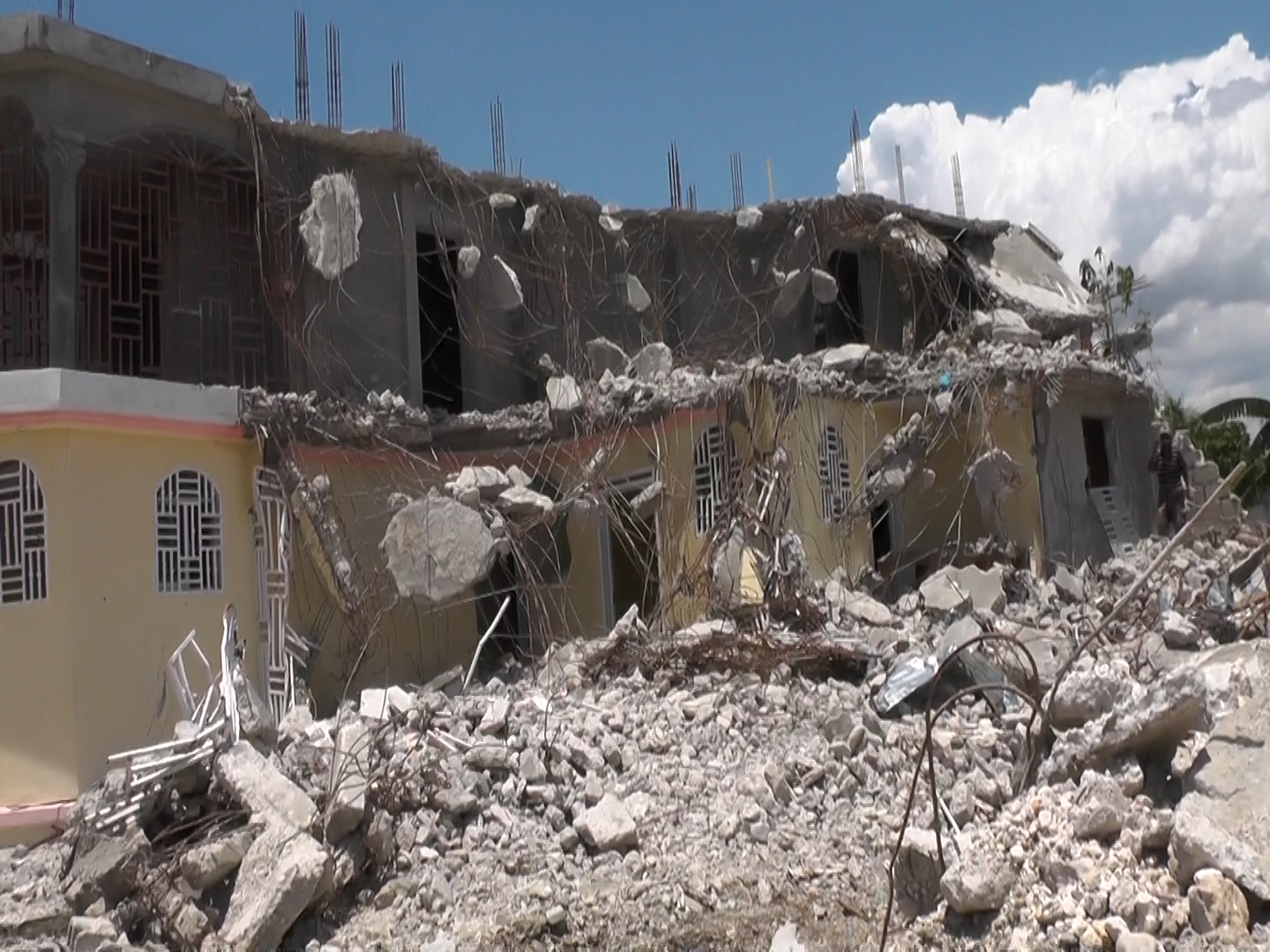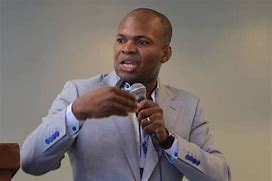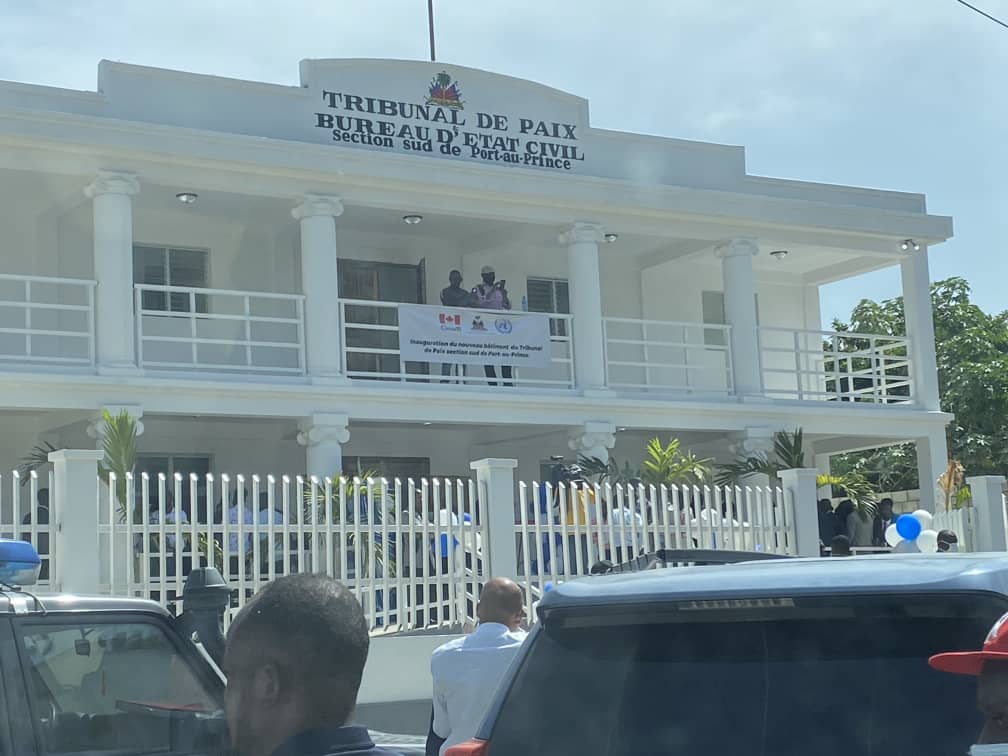Notes on vocabulary creation v. “scientific lexicography”
@MichelDeGraff @MIT Linguistics @MIT_SHASS @MITHaiti
« Di mèsi se lizay » (“Expressing gratitude is a sign of good manners”)
I would like to thank Robert Berrouët-Oriol for his frequent critiques of the MIT-Haiti Initiative (including the most recent “Plaidoyer pour une lexicographie créole de haute qualité scientifique” on December 14 , 2021 and “Lettre ouverte au MIT Department of linguitics [sic] : Pour promouvoir une lexicographie créole de haute qualité scientifique” on February 1st, 2022) as he offers me yet another opportunity to explain the methods and objectives of the MIT-Haiti Initiative.
I also thank friends and colleagues at MIT, MIT-Ayiti, Haiti and beyond who, over the years, have helped me understand what exactly the best of linguistics and education can contribute to liberation and development in Haiti and, more generally, in the post-colonies of the Global South. For this article, I’ll single out (in alphabetical order) those who read and commented on drafts or ideas therein: Paul Belony, Jimmy Fedna, Danny Fox, Chris Kaiser, Frenand Leger, Kenneth R. Manning, Haynes R. Miller, Nicholas Natchoo, Jacques Pierre, Hugues Saint-Fort and William Scott.
Since MIT-Haiti is engaged in improving education in Haiti in the long-term, I’d also like to thank, on behalf of the Initiative, the many institutions that we’ve collaborated with, among local and international stakeholders in the education sector that aim at improving their projects and policies. Several of these stakeholders have been supporting MIT-Haiti since 2010 at the launch of the Initiative—based on our general framework based on these three conceptual pillars: mother tongue; active learning; technology.To date, the long list of institutions that MIT-Haiti has engaged in dialogue or collaboration include, in alphabetical order: Agence Espagnole de Coopération (AECID), American Institutes for Research (AIR), Anseye pou Ayiti (APA), École Supérieure d’Infotronique d’Haïti, Foi & Joie, Fondasyon Konesans ak Libète (FOKAL), Global Center for the Development of the Whole Child (University of Notre Dame, Indiana), Haitian Response Coalition (HRC), Inter-American Development Bank (IADB), Kalfou Richès Ayiti, Kean University, Lekòl Kominotè Matènwa (LKM), Ministère de l’éducation nationale et de la formation professionelle (MENFP), MIT, MIT Jameel World Education Lab, MIT OpenCourseWare, MIT Open Learning, MITx, NATCOM, Open Society Foundations, Primature du Gouvernement de Haïti, Pwofesè pou Ayiti (P4H), Solutions S.A., Turbo System, UNESCO, UNICEF, Université Caraïbe, Université d’État d’Haïti (Rectorat, Faculté des Sciences, École Normale Supérieure, Faculté Linguistique Appliquée, Campus Henry Christophe Limonade), Université Notre Dame d’Haïti, Université Quisqueya, USAID, U.S. Embassy in Haiti, Wade Foundation, World Bank, etc.
Indeed, MIT-Haiti is a project to help build strong foundations for teaching and learning in Haiti in the mode of participative pedagogy. I hope the explanations in this note will help as a response to Berrouët-Oriol who seems to not understand the workings and achievements of the project, and whose articles, for a couple of years now, might have been creating confusion among his readers.
« Twou manti pa fon » (“Lies cannot hide deeply”)
For more than a year now, Berrouët-Oriol has been repeating this erroneous description of the MIT-Haiti Glossary as a:
“… Glossary of STEM terms developed in Boston, at MIT, and distributed on the island of La Gonâve at the Matènwa Community School”
Berrouët-Oriol’s description of the MIT-Haiti Glossary is not only inaccurate, but it also suggests that Berrouët-Oriol has not consulted any of the very many available articles about the Initiative published in outlets such as: Le National; Le Nouvelliste; AlterPresse; Ayibopost; Bon Nouvèl; New York Times; Boston Globe; Boston Review; Science Magazine; Open Democracy; Language: The journal of the Linguistics Society of America; and so on. Most of these articles and other documentation about MIT-Haiti are available on my MIT website at http://mit.edu/degraff and on social media—Facebook, Twitter and Instagram @MITHaiti. Consider, for example, the site where the MIT-Haiti Glossary is openly available (https://haiti.mit.edu/ht/glose/). The very first sentence of the very first paragraph clearly explains:
“This is a dynamic document that is being edited on an ongoing basis, thanks to feedback from MIT-Haiti workshop participants and from internet users (via email, social media, etc.).”
In other words, the MIT-Haiti Glossary was not created in Boston, and the Lekòl Kominotè Matènwa was never an exclusive or principal venue for the Glossary’s use or dissemination.
In that same introduction to the MIT-Haiti Glossary, we also summarize the nature of the activities that launched the Glossary, and we invite further collective participation:
“… we’ve benefitted from the input of more than 250 STEM faculty who have participated in MIT-Haiti workshops in Haiti since 2012. Now we very much look forward to input from Kreyòl-speaking colleagues with fluency in STEM fields, especially those with experience teaching STEM in Kreyòl.”
Thus, the making of this MIT-Haiti Glossary is clearly not an exercise in “scientific lexicography” by any standard, and it was never presented as such since scientific lexicography is not the goal of MIT-Haiti. And it’s definitely not to be compared to Dictionnaire Larousse or Dictionnaire Petit Robert, contrary to Berrouët-Oriol’s assertions. As a “linguist-terminologist,” he should know better. In any case, this glossary, though helpful, is only a small part of MIT-Haiti’s activities since its founding in 2010.
« Kay koule twonpe solèy ; men, li pa twonpe lapli » (“A perforated roof might protect against the sun, but it won’t protect against the rain”)
Berrouët-Oriol makes a major mistake in the terminology he’s been using, for more than a year now, to criticize MIT-Haiti. As a “linguist terminologist,” Berrouët-Oriol should not conflate two related, but fundamentally distinct, terms: “lexicography” and “vocabulary creation.” Yes, it’s important to understand the reasons lexicographers would not participate, as part of their trade, in the creation of vocabulary. The job of lexicographers is to survey and describe words that already exist in a given speech community or in various sub-communities, including scientific circles.
It is important to understand that Haitian teachers cannot teach science and mathematics without appropriate terminology. The development of these terms is not the work of lexicographers! Conversely, scientific lexicography is not the responsibility of teachers.
Indeed the MIT-Haiti Glossary has never been, and has never pretended to be, “scientific lexicography”. From the get-go, it was a practical, interactive and dynamic activity started in MIT-Haiti workshops. The deliberately planned purpose of the MIT-Haiti Glossary was to assist in the development, not in the lexicographic survey and analysis, of technical vocabulary in Kreyòl for the teaching and learning of science. This is analogous to vocabulary enrichment in other languages where the lexicon expands as the language is being put to use in every day activities where new concepts are being developed and shared among speakers.
In contrast to the Académie Française and its elitist prescriptiveness about the “proper” use of French, the MIT-Haiti approach to vocabulary creation in Kreyòl is a bottom-up, participatory and inclusive process that relies on the participation of Kreyòl speakers who teach in Kreyòl and who develop high-quality resources in the language. The bottom-up democratic nature of this creative process in MIT-Haiti is, I like to believe, a central feature of decolonial thinking, somewhat akin to “epistemic democratization” à la Walter Mignolo, “natif-natal homegrown epistemology” à la Marie-Lily Cerat and “counter-plantation community-centric knowledge/culture” (“konesans lakou” in Kreyòl) à la Jean Casimir. (Mèsi Pwòf Walter ! Mèsi Pwòf Lily ! Mèsi Pwòf Ti Jan Bosal ! I also thank Mauritian linguist-educator Nicholas Natchoo for helping me think through such fascinating connections around Mignolo’s “remapping the order of knowledge” via “epistemic disobedience”.)
In that vein, the example of René Descartes in France still stands out, even if it dates back to the 17th century. Descartes was one of the first French philosophers to write about science in the French vernacular. Of course, Descartes’s formidable creativity and his innovative philosophical insights did not, and could not, be constrained by any sort of preconceived technical vocabulary when writing his Discours sur la méthode, one of the very first scientific books written in French at a time when French was considered a “vulgar” language as compared to Latin and Greek which, back then, were considered as the sole proper languages for science. Descartes decided to use the French language to express scientific concepts that had never entered the language before that. Yet he did not wait for permission from anyone before he started to use the French language to write his historic Discours sur la méthode.
Keeping Descartes in mind, we can use contemporary examples of lexical innovation to better understand the fundamental difference between lexicography and vocabulary creation. Consider, say, that the information and communications technology (ICT) industry in the U.S. typically does not engage in any sort of authoritarian “scientific lexicography” (à la Berrouët-Oriol) before introducing new technical terms into the English language. It’s usually the everyday activities of ICT professionals, without any help from lexicographers, that usher in neologisms that enrich the vocabulary of English with words like like “email,” “fax,” “twitter,” etc. These words are not, and could not be, created by lexicographers. In the ICT sector, lexical innovation, in order to match new technologies and new concepts, precedes the work of lexicographers who, in turn, will survey these lexical innovations when they become established in the language.
In my understanding, the sort of “scientific lexicography” at the heart of Berrouët-Oriol’s critique (lexicography that’s germane to dictionaries like Larousse and Petit Robert, but not the MIT-Haiti Glossary!) is meant to survey and describe the technical terms that have already been invented by the ICT professionals. Lexicography starts after these terms have become entrenched in the language.
There’s another fundamental problem with Berrouët-Oriol’s authoritarian prescriptive views about “scientific lexicography” and its contributions to research and education in Haiti. This problem has come up so clearly in conversations with biologist and mathematician colleagues at MIT and Kean University who, on a daily basis, wrestle with scientific terminology in their respective fields and related domains.
In genetics, for example, technical terms like “dominant” and “recessive” take up different nuances in their semantics based on the particular objects of study, depending on whether they are used to qualify alleles or traits. The precise semantics of the adjective “dominant” (like the precise semantics of “recessive”) is quite different in “dominant alleles” vs “dominant traits” (on a par with “recessive alleles vs. recessive traits)”.
Similarly, a key term such as “gradient” takes up different semantics depending on whether it’s used by mathematicians vs. engineers.
Now, is it lexicographers’ job to decide in advance—and independently of scientists and engineers—on the “proper” characterization of such technical terms? Certainly not, say my MIT colleagues! Here I am thankful to biologist Chris Kaiser. mathematician Haynes Miller and physicist Paul Belony for discussing these scientific terminological nuances. In these scientists’ views, there’s great scientific value in leaving certain technical terms up for debate as one way toward making progress in our understanding of the relevant science. Moreover, through such debates, scholars in the relevant disciplines get to sharpen their use of the relevant terminology as they deepen their understanding of the corresponding scientific concepts.
And that’s exactly what we too, at MIT-Haiti, have witnessed first-hand in our workshops where certain concepts and the corresponding Kreyòl terms have come up for discussion! Take a term in electricity like, say, “tansyon” in Kreyòl and its French etymon “tension”. In the words of Prof. Paul Belony (physics professor at Kean University and lead physicist for MIT-Haiti):
“For the "tansyon vs. vòltaj", we can go back to history to understand why early scientists would refer to the phenomenon as ‘tension’. Early experiments would make use of frog legs to measure the presence of electricity. Each time the frog legs were connected to the electrical source, a twitch would be observed in the legs’ muscles. So, a direct observation would suggest ‘tension’ in the muscles. However, the term ‘tension’ is also used for a mechanical force in a string, wire, etc. So the use of the word ‘tension’ can cause ambiguity in case both sorts of ‘tension’ are at play—in, say, both a battery and in a conducting wire attached to the battery. During one of the MIT-Haiti workshops in Port-au-Prince in January 2015, it was agreed among our group of physics teachers—all of them native Kreyòl speakers—to use the term “vòltaj” for the electric source and the term “tansyon” for the force stretching a string, wire, etc.”
Prof. Belony evokes related historical observations about the contrastive use of the Kreyòl terms “entansite” vs. “kouran”—keeping in mind their respective French etyma “intensité” and “courant.” In Belony’s analysis:
“… it made sense for earlier scientists in France (and elsewhere) to use the word “intensité” because early experiments could mostly judge how “intense” (or bright) a light bulb would get based on the electrical input. However, the term “intensité” is, technically, the ratio of the power at the source to a surface area. It is therefore crucial to distinguish what is happening at the source of power (the wire) vs. the location of measurement (the distance from the wire). At the workshop, we agreed to use “kouran” for the flow of charge in the wire and “entansite” for the ratio of power per surface area…”
In both the tansyon-vs-vòltaj and entansite-vs-kouran cases, “scientific lexicographers” who don’t know enough about physics (electricity) would have little to tell us about such technical semantic nuances. Yet lexicographers can be helpful post facto in analyzing the terminology that the scientists have elaborated. In turn, these analyses might help identify (potential) inconsistencies across the uses of certain terms; these (meta-)lexicographic analyses might, then, offer opportunities for improving the terminology. Unfortunately Berrouët-Oriol’s critiques offer nothing of that helpful sort.
In a related vein, Berrouët-Oriol’s factual claims about the entries in the MIT-Haiti Glossary are inaccurate, as can be ascertained by straightforward inspection. Let’s consider just these few examples of apparent mis-understanding or mis-representation taken directly from Berrouët-Oriol’s article dated July 2020, much of it repeated in many published articles and critiques circulated in email through January 2022.
Berrouët-Oriol takes issue with technical terms in the MIT-Haiti Glossary such as: “rezistans lè”, “eta repo”, “oto-kolimatè”, “modil elastisite”, “vitès chape poul”, “pwodui vizyalizasyon chan yo”, “lwa gaz ideyal”, “entegral sou liy”, “esperimantasyon sou limyè nan yon fant”, “analiz pou yon makonnay regresyon.” He claims, without any citing any source, that such terms would be incomprehensible to any and all Kreyòl speakers. In doing so, he discards, without any reliable evidence, the valid judgements of the many educators who participated in the MIT-Haiti workshops where these terms were introduced or discussed as appropriate terminology in these teachers’ disciplines.
Does Berrouët-Oriol control the linguistic judgements of 12 million Kreyòl speakers, including those with expertise in STEM fields who innovate lexemes for their trade?
Of course, any technical fields will necessarily include specialized terms that might be outside the mental lexica of most speakers of Kreyòl or any other language, including the lexica of linguists terminologists. But there’s one quick way for you, Dear Reader, to check on Berrouët-Oriol’s categorical claims about what’s (in)comprehensible to Kreyòl speakers: I suggest that you evaluate for yourself each of the afore-mentioned terms from Berrouët-Oriol’s list of “false, “erratic”, etc., entries. Please, do search these terms on Google (or among Kreyòl-speaking scientists if possible), then you might find first-hand evidence that the basic morphosyntactic structure of these scientific terms certainly matches the mental grammars of these Kreyòl speakers that need to use such terms in their trade. Therefore the linguistic foundations of the MIT-Haiti Glossary are on a par with those for the scientific vocabulary of any language.
For example, Dear Reader, please start with Berrouët-Oriol’s poster case of “fraudulent” entry in the MIT-Haiti Glossary, namely the Kreyòl gloss “rezistans lè” for “air resistance.” One of the first entries returned by a Google search is an entry in Kreyòl Wikipedia, dated March 11, 2013, long before the MIT-Haiti Glossary came into existence:
https://ht.wikipedia.org/wiki/Rezistans_l%C3%A8.
In other words, the Kreyòl phrase “rezistans lè” (for “air resistance”) is a prior lexical innovation for the teaching of physics, one that had already entered the language long before the existence of the MIT-Haiti Glossary. These innovations are the much needed output of Kreyòl-speaking scientists who, unlike Berrouët-Oriol who keeps writing his ill-founded critiques in French and now in English, actually use Kreyòl in their everyday practice. In this particular case (“rezistans lè”) and a few other cases of lexical innovations for teaching science in Kreyòl, the task of the MIT-Haiti Glossary is to collect and curate novel scientific terms already in use in the language. One of our goals is to share these lexical innovations, far and wide, among Kreyòl speakers who are engaged in the development and use of high-quality tools for teaching and learning in Kreyòl—so that the language can expand its uses for the benefit of Kreyòl speakers and their academic and socio-economic prospects.
Now, will Berrouët-Oriol launch a massive mis-information denigration campaign against Wikipedia as well? Or will he still target his fake-news bombs at MIT-Haiti alone?
Also noteworthy is the fact some of the alleged “evidence” that Berrouët-Oriol cites as “false, fanciful, fraudulent, inadequate” entries in the MIT-Haiti Glossary actually do not exist as such in the Glossary. Witness:
- Berrouët-Oriol cites “devlope espò” where the Glossary actually has “develope esporèl”
- Berrouët-Oriol cites “pis kout lè” where the Glossary actually has “pis ayere”
- Berrouët-Oriol cites “F1 ATPase” where the Glossary actually has “sentaz ATP tip F1” (“sentaz”, “ATP” and “F1” are technical terms in biology, because Kreyòl—on a par with other languages that are used for science—must also deploy specialized vocabularies).
(The most recent update to the MIT-Haiti Glossary is July 24, 2020. There’s a new version that will be uploaded after this article is published—with enough time for readers to inspect the version that Berrouët-Oriol has used for his ill-founded critique.)
Therefore, on the basis of all these observations above, we can suspect that Berrouët-Oriol might not fully control Kreyòl morphosyntax and vocabulary, and he apparently might need to delve more deeply into the publications that he has been unduly criticizing for more than a year.
To further clarify the objectives of the MIT-Haiti Initiative, which go way beyond vocabulary creation for Kreyòl, I will share a beautiful one-minute song that Haitian singer BIC Tizon Dife has composed to help us clearly explain the workings and purpose of the Initiative:
https://twitter.com/MIT/status/1403384312624525326?s=20
“Men anpil, chay pa lou” (“Many hands make light work”)
I must also share an article we published in 2020 to highlight the differences between the making of the MIT-Haiti Glossary and any sort of lexicography. That article is also a plea to Haitian Creole (Kreyòl) speakers who work in the education sector and who wish to contribute to our efforts to transform education in Haiti. Unfortunately, Berrouët-Oriol seems so busy criticizing MIT-Haiti that he has never had time to carefully read my article, dated July 2020 already, which provided detailed answers to his critiques. My response was published in both Le National and PotoMitan under the title:
"The MIT-Haiti initiative seeks linguists, terminologists and all kinds of educators and scientists who believe in the power of the Creole language to build a successful school system:
https://www.potomitan.info/ayiti/degraff/stem.php
But let’s not lose hope. I think we can all, with due diligence and good will, attain the capacity to understand the fundamental difference between “lexicography” and “vocabulary creation.” We should not use any prescriptive standards in lexicography to evaluate or limit the creative abilities of teachers and other practitioners who enrich our language in order to improve access to quality education in Haiti. Now perhaps we can hope that Berrouët-Oriol will be able to appreciate what lexicography can and cannot contribute to the development of Kreyòl as it keeps expanding its scope day after day.
What we at MIT-Haiti have been doing, for 12 years now, is to help teachers and learners in Haiti create and transmit knowledge in Haiti’s single national language—Kreyòl that “unites all Haitians together” (Article 5, Constitution of 1987). At MIT-Haiti, we simply cannot follow the Berrouët-Oriol model with a long series of articles in French about work in Kreyòl for a country where the sole national language is Kreyòl. (Why doesn’t Berrouët-Oriol write his critiques in Kreyòl so that he too would help the Kreyòl lexicon expand and the language gain further grounds?) Unlike Berrouët-Oriol, our MIT-Haiti team is actually doing something concrete to help educators in Haiti. We'd rather learn to build and transform instead of engaging in futile debates peppered with Berrouët-Oriol’s long lists of random pejorative adjectives.
Let's remember that the teachers engaged in the MIT-Haiti Initiative (the vast majority of them are native Kreyòl speakers, they are not English speakers in Boston!) are already making great efforts to create scientific terminology in Kreyòl. It’s such contributions, by Haitians for Haitians, that Berrouët-Oriol unduly criticizes without consulting credible scientific articles that document and evaluate their work as part of the MIT-Haiti Initiative. Unlike Berrouët-Oriol’s pieces, these articles documenting our work are published in scientific peer-reviewed journals whose reviewers help filter out misleading submissions.
And, finally, I’ll take this opportunity to share a small sample of documents (articles and videos) about the activities of the MIT-Haiti Initiative. Please, readers, come and take part in this project for a better tomorrow, a project that is based on, and that honors, Haiti’s national language (Kreyòl). You will find more items of interest on my MIT website at http://mit.edu/degraff . Please share this information far and wide.
And as you consult these documents, please remember this beautiful proverb from Haiti:
“Verite se tankou lwil nan dlo (“Truth is like oil in water”)
FURTHER READINGS ABOUT MIT-Haiti Initiatve:
“What does justice sound like?” (Michel DeGraff 2021)
https://culanth.org/fieldsights/what-does-justice-sound-like
“A short history of MIT-Haiti”
https://www.facebook.com/watch/?v=4580909318637517
The politics of education in post-colonies: Kreyòl in Haiti as a case study of language as technology for power and liberation” (Michel DeGraff, 2020) :
https://iacpl.net/wp-content/uploads/2020/07/DeGraff-1.pdf
“Langue maternelle comme fondement du savoir : L’initiative MIT-Haiti : Vers une éducation en créole efficace et inclusive” (Michel DeGraff, 2017) :
“Kreyòl, pedagogy and technology for opening up quality education: Changes in teachers’ metalinguistic attitudes as first steps in a paradigm shift” (Michel DeGraff & Glenda Stump, 2018) :
Onè ak respè pou nou tout, Mesye Dam La Sosyete !
__________________________
@MichelDeGraff @MITHaiti
http://mit.edu/degraff
https://MIT-Ayiti.NET/
http://Haiti.MIT.edu/
https://MIT-Ayiti.NET/sa-n-ap-fe/


